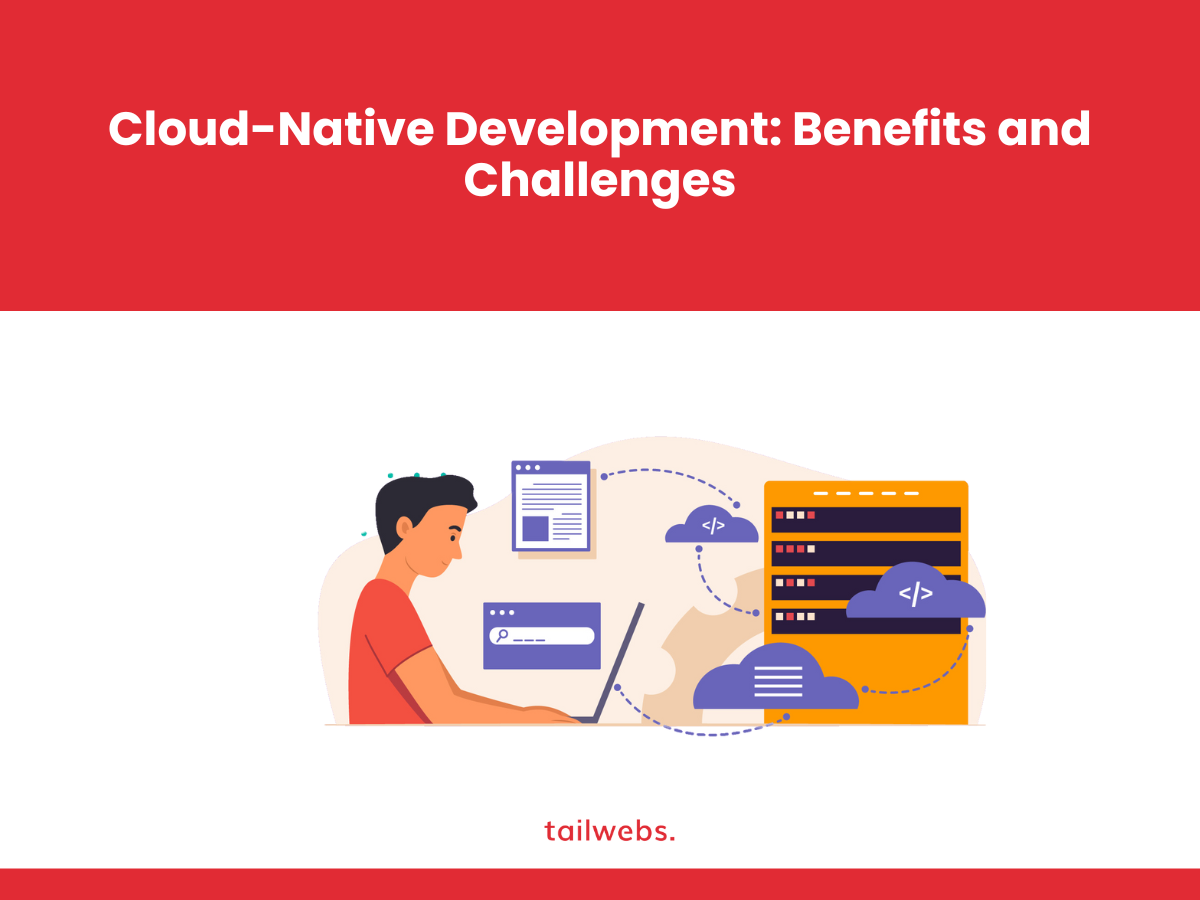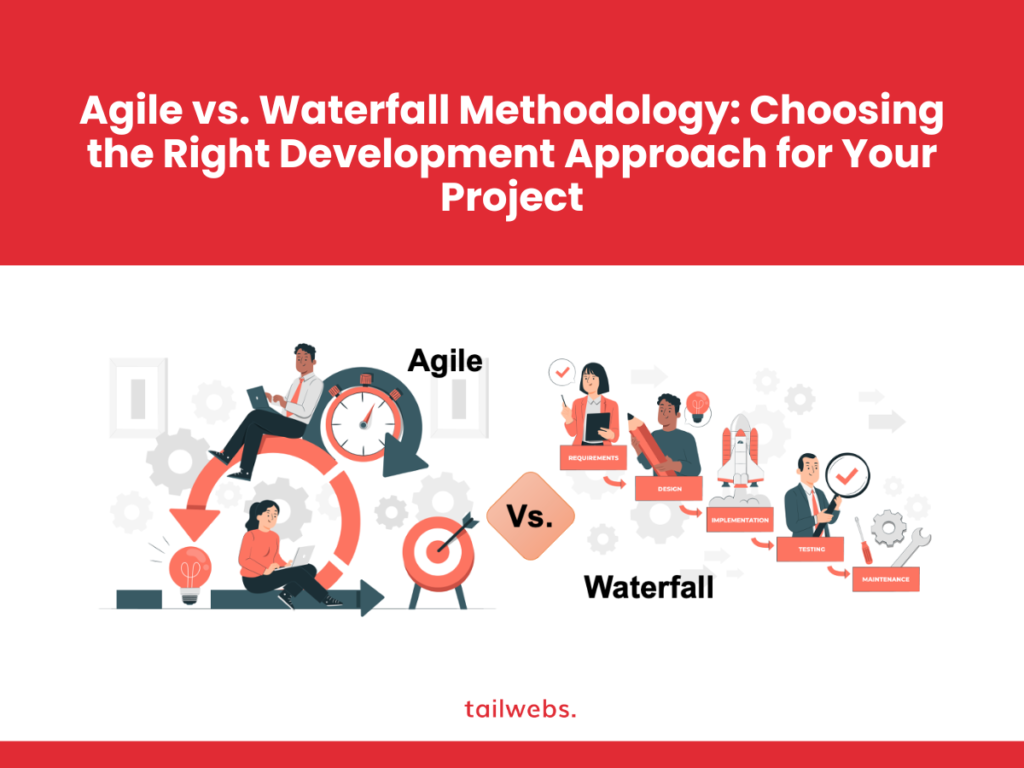The digital landscape is undergoing a transformative shift. Traditional monolithic applications, once the cornerstone of software development, are struggling to keep pace with the demands of today’s dynamic business environment. Enter cloud-native development – a revolutionary approach that leverages the power of cloud computing to build, deploy, and manage applications in a highly scalable and agile manner.
This comprehensive guide delves into the world of cloud-native development, exploring its numerous benefits and the challenges it presents. By understanding these aspects, you can make informed decisions about adopting this approach for your next software project.
The Rise of Cloud-Native Development: A Response to Modern Needs
The increasing popularity of cloud-native development can be attributed to several factors:
The exponential growth of cloud computing:
The cloud offers a readily available infrastructure that is scalable, cost-effective, and eliminates the need for upfront hardware investments.
The need for agility and speed:
Modern businesses require applications that can adapt rapidly to changing market conditions and customer demands. Cloud-native development empowers faster development cycles and easier deployments.
The rise of microservices architecture:
Cloud-native applications are often built using microservices architecture, which breaks down complex applications into smaller, independent, and loosely coupled services. This promotes modularity, simplifies development, and enhances scalability.
Focus on innovation and developer experience:
Cloud-native development fosters a culture of innovation by providing developers with access to cutting-edge tools and technologies. This allows them to focus on building features and functionalities rather than managing infrastructure.
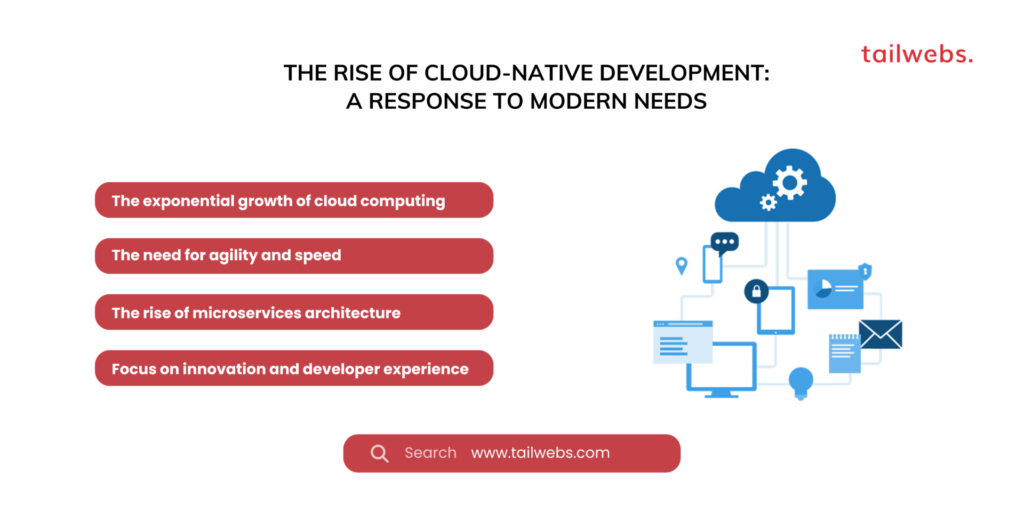
A Glimpse into the Benefits of Cloud-Native Development
By embracing a cloud-native approach, you can unlock a multitude of benefits for your development process and your applications:
Increased Scalability and Elasticity:
Cloud-native applications can easily scale up or down based on real-time demands. This ensures optimal performance and avoids resource bottlenecks.
Enhanced Agility and Faster Time to Market:
Cloud-native development facilitates quicker deployments and faster iteration cycles, enabling you to deliver new features and updates to your users more promptly.
Improved Fault Tolerance and Disaster Recovery:
Cloud-native applications are inherently more resilient to failures. The distributed nature of cloud infrastructure ensures redundancy and simplifies disaster recovery processes.
Cost Efficiency:
The pay-as-you-go model of cloud computing allows you to optimize costs by only paying for the resources you utilize. Additionally, cloud-native applications often require less maintenance, further reducing operational expenses.
Simplified Application Management:
Cloud-native development streamlines application management by leveraging automation and containerization technologies like Docker and Kubernetes. This frees up development teams to focus on core functionalities.
Improved Developer Experience:
Cloud-native development provides developers with access to powerful tools and technologies that enhance their productivity and streamline the development workflow.
Challenges on the Cloud-Native Journey: Hurdles to Consider
While cloud-native development offers a plethora of benefits, it’s not without its challenges:
Shifting Development Mindset:
Transitioning from traditional monolithic development to a cloud-native approach requires a change in mindset for developers and IT teams. New skills and practices need to be adopted for successful implementation.
Complexity of Microservices Architecture:
While microservices offer advantages, managing a multitude of independent services can introduce complexity in terms of development, deployment, and monitoring.
Security Concerns:
Security considerations are paramount in the cloud environment. Implementing robust security measures throughout the development lifecycle is crucial for safeguarding applications and data.
Vendor Lock-In:
Overreliance on a specific cloud provider can lead to vendor lock-in, making it difficult and expensive to switch providers in the future. Carefully evaluate cloud-agnostic tools and strategies to mitigate this risk.
Cost Management:
While cloud-native development can be cost-effective, it’s essential to practice proper cost management to avoid unexpected cloud resource expenses.
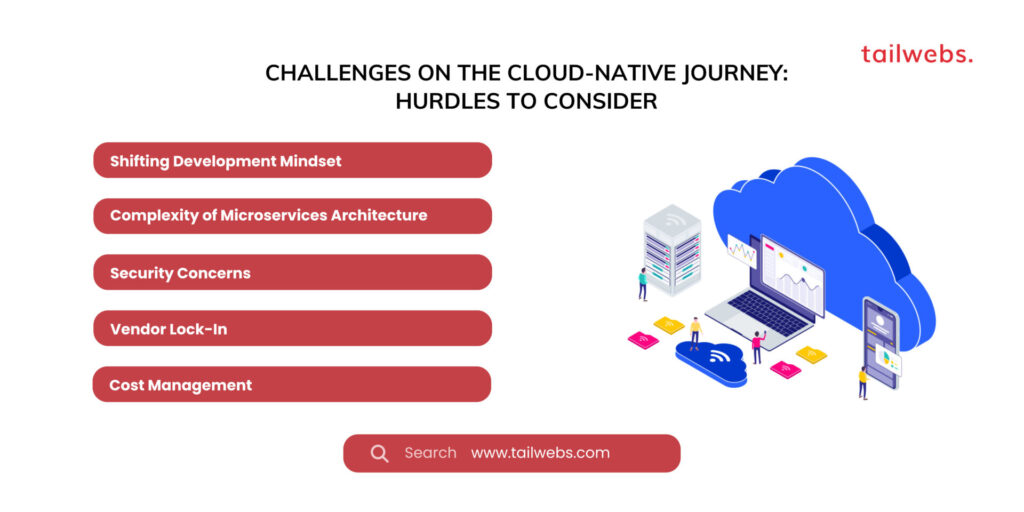
Equipping Yourself for Success: Tools and Resources for Cloud-Native Development
Here are some valuable tools and resources to empower your cloud-native development journey:
Cloud Platforms:
Popular cloud platforms like Amazon Web Services (AWS), Microsoft Azure, and Google Cloud Platform (GCP) offer a wide range of services and tools specifically designed for cloud-native development.
Containerization Technologies:
Docker and Kubernetes are the cornerstones of containerization, a vital aspect of cloud-native development. Utilize these technologies to package and deploy your applications in a consistent and portable manner.
Configuration Management Tools:
Tools like Ansible, Chef, and Puppet facilitate infrastructure automation and configuration management, simplifying the deployment and management of cloud-native applications.
Cloud-Native Monitoring Tools:
Prometheus, Grafana, and Datadog are powerful tools for monitoring the health and performance of your cloud-native applications in real-time. Utilize these tools to identify potential issues and ensure optimal application performance.
Continuous Integration and Continuous Delivery (CI/CD) Tools:
CI/CD pipelines automate the software development lifecycle, streamlining the process of building, testing, and deploying cloud-native applications. Popular options include Jenkins, GitLab CI/CD, and CircleCI.
API Management Tools:
API Management tools like Apigee and Kong are essential for managing APIs in a cloud-native environment. These tools facilitate API design, security, governance, and analytics.
By leveraging these tools and resources, you can establish a robust foundation for your cloud-native development endeavors.
Best Practices for Successful Cloud-Native Adoption
Here are some key practices to consider when adopting cloud-native development:
Start Small and Scale Gradually:
Begin by implementing cloud-native principles in a smaller project or specific application component. This allows you to gain experience and mitigate risks before undertaking a large-scale migration.
Focus on Microservices Architecture:
Embrace microservices architecture to decompose complex applications into smaller, independent, and loosely coupled services. This promotes modularity, simplifies development, and enhances scalability.
Automate Everything:
Leverage automation tools and CI/CD pipelines to automate repetitive tasks such as testing, deployment, and configuration management. This frees up developer time and minimizes human error.
Prioritize Security:
Security is paramount in the cloud environment. Implement robust security practices throughout the development lifecycle, including secure coding practices, vulnerability scanning, and identity and access management.
Embrace a DevOps Culture:
Foster a collaborative DevOps culture that bridges the gap between development and operations teams. This ensures seamless collaboration and continuous improvement throughout the development process.
By adhering to these best practices, you can significantly increase your chances of successful cloud-native adoption.
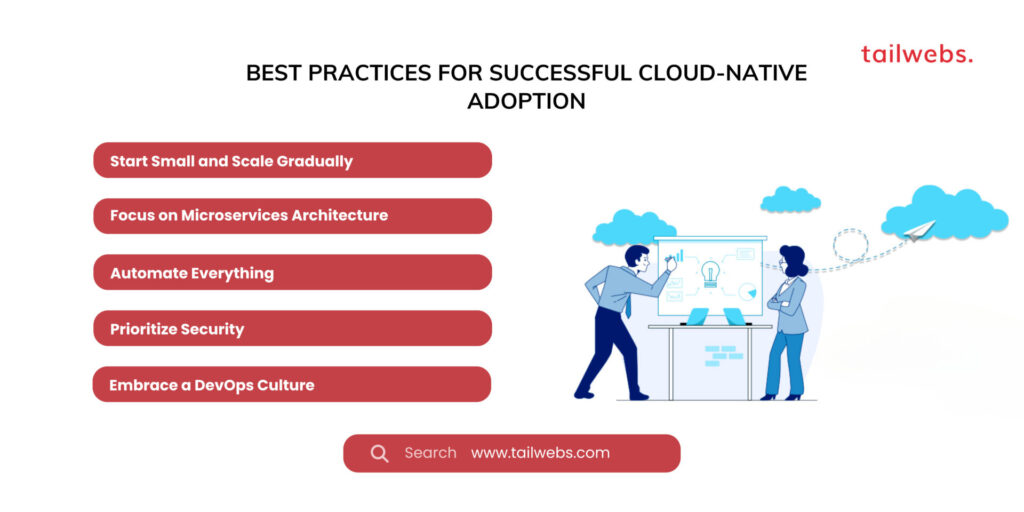
Taking the First Step: Your Cloud-Native Development Journey Begins Here
Here are concrete steps you can take to initiate your cloud-native development journey:
Evaluate Your Needs:
Carefully assess your development needs and identify the applications or functionalities that would benefit most from a cloud-native approach.
Build Your Cloud-Native Development Team:
Assemble a team with the necessary skills and expertise in cloud technologies, containerization, and microservices architecture. Consider training programs or hiring personnel with relevant experience.
Choose Your Cloud Platform:
Evaluate various cloud platforms based on your specific requirements, budget, and future scalability needs. Popular options include AWS, Azure, and GCP.
Develop a Cloud-Native Development Strategy:
Create a well-defined strategy that outlines your cloud-native adoption roadmap, identifies key milestones, and establishes security best practices.
Start Experimenting and Learning:
Begin by implementing cloud-native principles in a pilot project. This allows you to experiment, learn from potential challenges, and refine your approach before a full-scale migration.
By following these steps and continuously learning and adapting, you can embark on a successful cloud-native development journey. Embrace the potential of this revolutionary approach to build agile, scalable, and resilient applications that empower your business to thrive in the ever-evolving digital landscape.
Conclusion: The Future of Application Development is Cloud-Native
Cloud-native development is not just a trend; it’s a paradigm shift transforming the way applications are built and deployed. By understanding the benefits and challenges associated with this approach, and by equipping yourself with the right tools and best practices, you can harness the power of the cloud to build innovative and future-proof applications. As cloud technologies continue to evolve, cloud-native development will undoubtedly become the cornerstone of modern software development. Embrace the cloud-native approach, empower your development teams, and unlock the full potential of your applications in the exciting digital era ahead.

